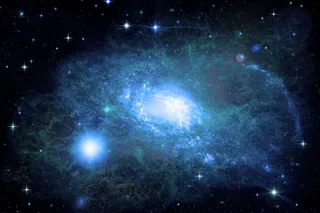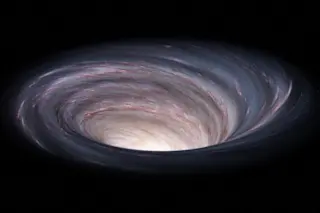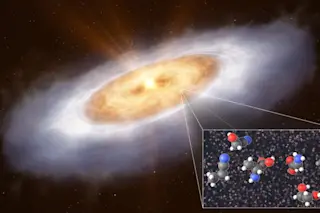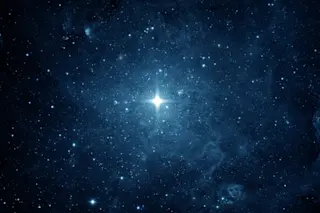We residents of the Milky Way can puff ourselves up with pride: A new study has discovered that our galaxy is more of a force to be reckoned with than previously realized.
Astronomers said Monday that the Milky Way is more massive than earlier known, given new measurements showing that the Sun is moving at 600,000 miles per hour around the center of the galaxy, or 100,000 m.p.h. faster than past calculations suggested. The higher speed of the Sun means the galaxy must have more mass — about 50 percent more — so as to generate a stronger gravitational pull to keep hold of the Sun, as well as all its other stars [The New York Times].
The new calculation puts our galaxy's mass about equal to that of the nearby Andromeda galaxy, which was previously thought to be bigger than the Milky Way, says lead researcher Mark Reid.
"Previously ...













